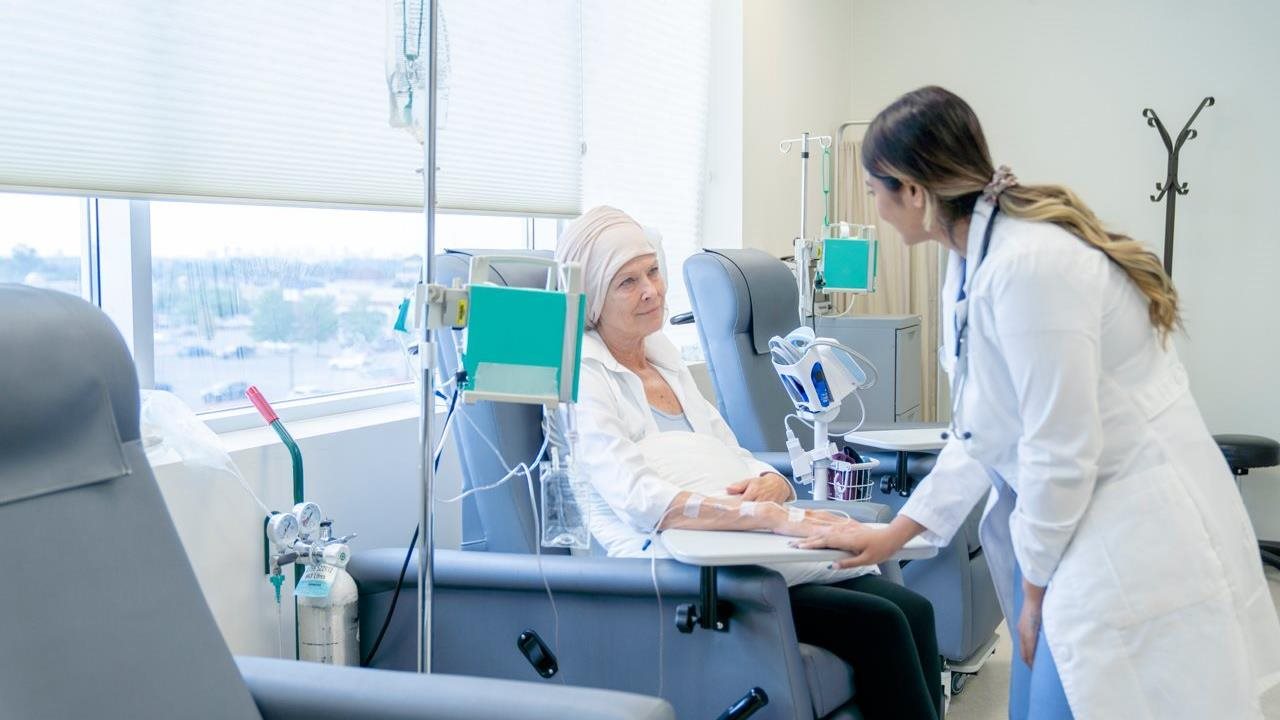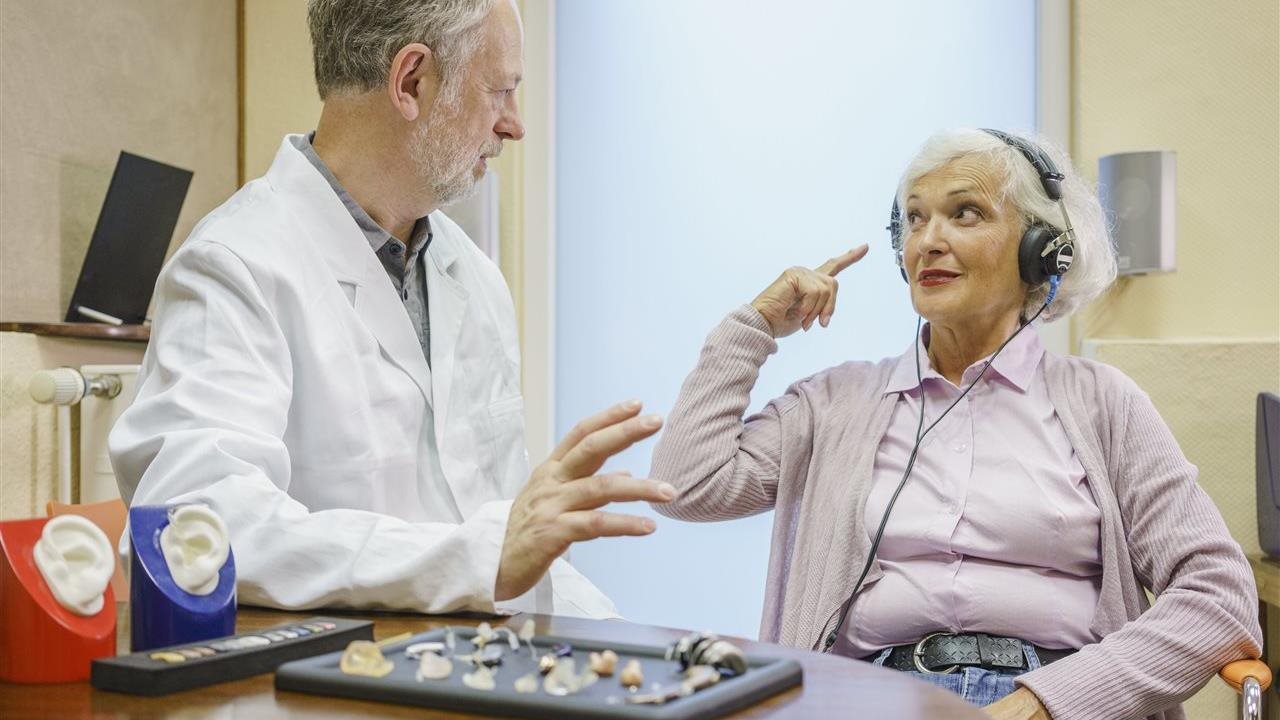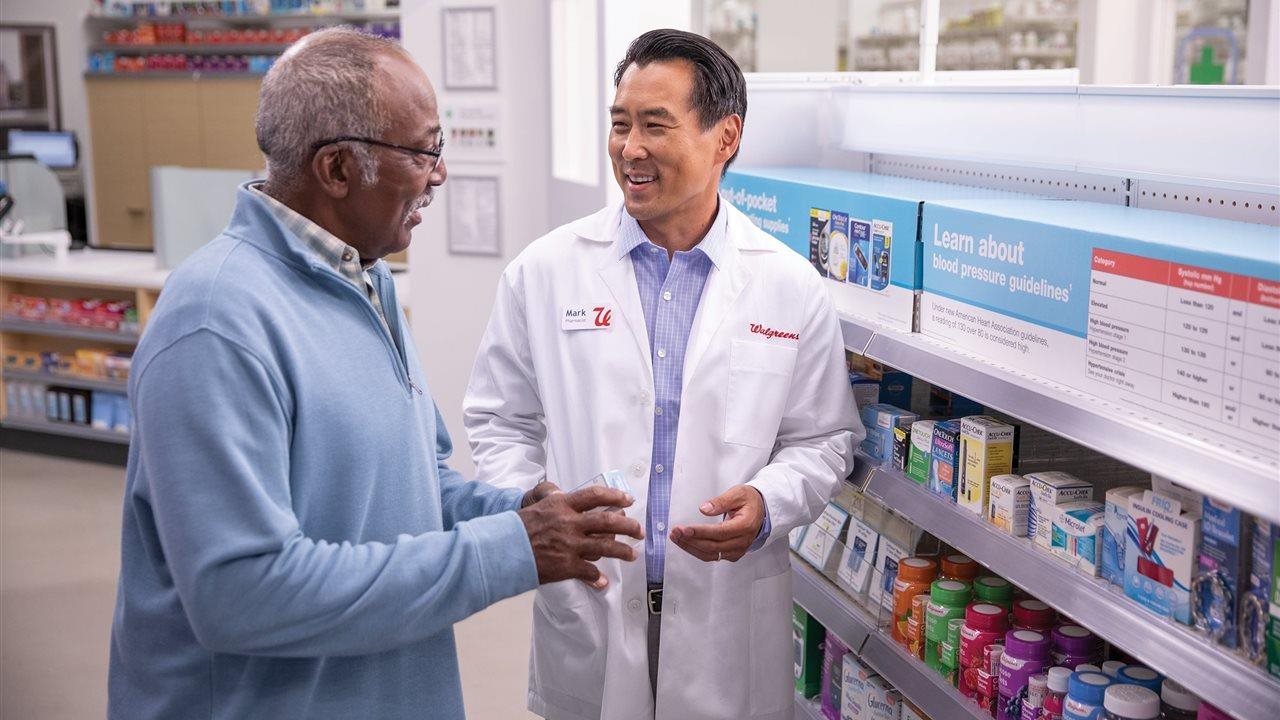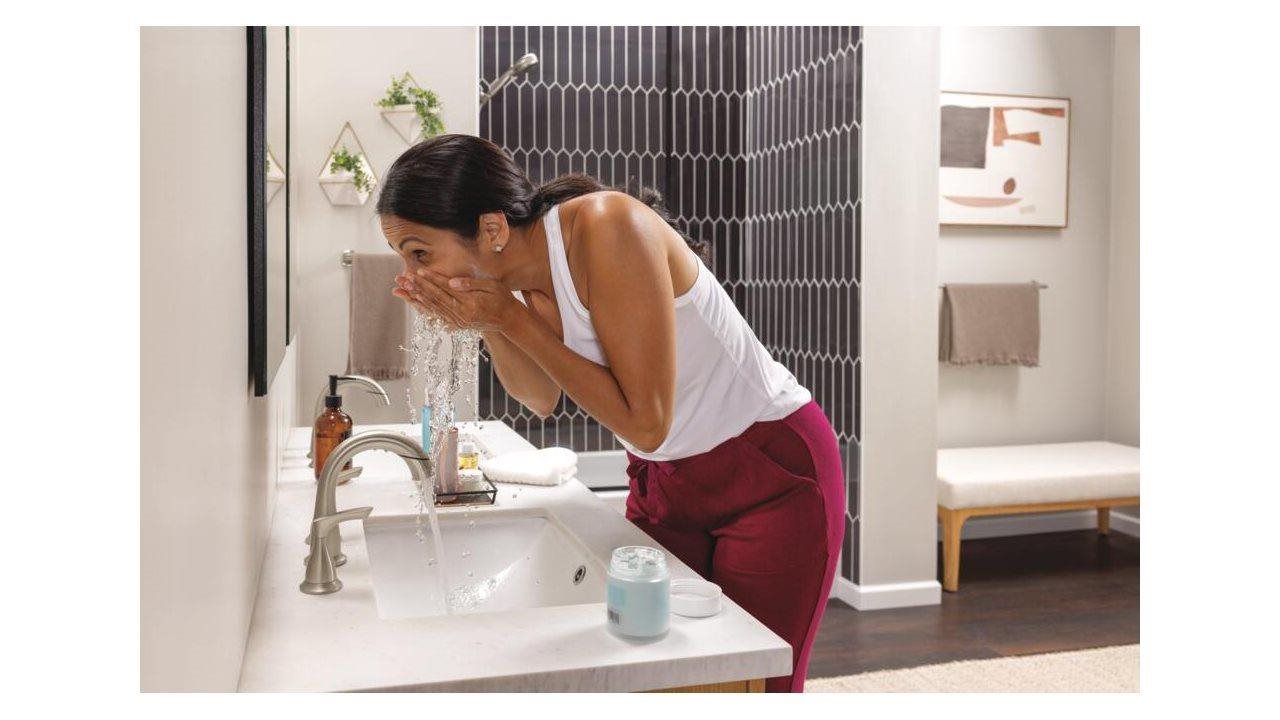2023-11-13T12:01:01
(BPT) – People with narcolepsy may be unaware that their chronic condition may increase their odds of having a stroke*, heart disease†, hypertension†, diabetes†, and other cardiometabolic comorbidities† compared to the people without narcolepsy. As a result, many are caught by surprise when they hear about their increased risk and the steps needed to help mitigate it.
Consider Grace** for example, who has narcolepsy type 1*** and has had to navigate the realities of her diagnosis and its connection to cardiovascular disease. Shortly after finding out she had narcolepsy, Grace spoke to her doctor and sought out online resources, which led her to a statistic that may come as a shock.
A study comparing 9,312 adults with narcolepsy to 46,559 similar adults who do not live with the sleep disorder showed that people with narcolepsy were 2.5x more likely to have a stroke**** than people without narcolepsy.
“I know narcolepsy is a life-long condition, and I will likely need treatment for the rest of my life,” Grace says. “Although I am healthy and in shape, I try to do what I can every day to lower my risk for cardiovascular disease.”
Below are some important considerations that narcolepsy patients with excessive daytime sleepiness and cataplexy can refer to when speaking with their doctor about their sodium intake, which is a modifiable risk factor for heart health.
Many people know sodium intake is important but may be overlooking the “why.” Enter the heart health connection. “Monitoring sodium is important to me because too much sodium can increase the risk of cardiovascular disease,” Grace says. “And I know that in general, I have a higher risk for cardiovascular disease since I have narcolepsy.”
For most adults, reducing sodium intake by 1,200 mg per day can help reduce the risk of cardiovascular diseases. And while sodium typically comes from food and drinks, people may be surprised to learn it is also in certain medications.
Oxybate-containing medications are a treatment option for people with narcolepsy who have excessive daytime sleepiness and cataplexy. However, some of these medications can contain up to ~1640 mg of sodium at the maximum recommended 9 g nightly dose. For patients seven years and older with cataplexy and/or excessive daytime sleepiness, XYWAV® (calcium, magnesium, potassium, and sodium oxybates), the first and only FDA approved low-sodium oxybate, is an option. XYWAV is thought to work during sleep to help with two common symptoms of narcolepsy during the day. The exact way XYWAV works for the treatment of cataplexy and EDS in patients with narcolepsy is unknown, but it contains 92% less sodium than the higher-sodium oxybate, XYREM® (sodium oxybate) oral solution. That’s as much as ~1,509 mg less sodium per night at the maximum recommended nightly dose.
It’s important for people with narcolepsy to understand certain risk factors for cardiovascular disease, including considering their sodium intake. “I would definitely recommend to others who are struggling with excessive daytime sleepiness and cataplexy in narcolepsy to talk to their doctor about trying XYWAV to see if it may help them like it helped me,” Grace says. No matter your age, diet or fitness status, it’s important people with narcolepsy be aware of how sodium plays into their heightened cardiovascular disease risk and to speak with their doctors about Xywav, a low-sodium treatment option.
XYWAV may cause serious side effects including Central Nervous System (CNS) depression, abuse and misuse, breathing problems, mental health problems and sleepwalking. Because of the risk of CNS depression, abuse and misuse, XYWAV is available only by prescription, and filled through the central pharmacy in the XYWAV and XYREM REMS. Please see below for more information on XYWAV.
For more information, visit XYWAV.com/narcolepsy.
Sponsored by Jazz Pharmaceuticals
* Based on an analysis of 9,312 people with narcolepsy and 46,559 people without narcolepsy matched by age, sex, geographic region, and payer who had continuous insurance coverage between the years of 2006 and 2010
† Based on an interview study of 320 people with narcolepsy compared to 1464 people without narcolepsy matched for age, sex, and body mass index
** Grace is a real XYWAV patient and has been compensated by Jazz Pharmaceuticals for her time
*** Narcolepsy type 1 is characterized by the symptoms of excessive daytime sleepiness, which is the uncontrollable need to sleep during the day, and cataplexy, which is a brief loss of muscle control that can happen when a person feels a strong emotion
**** Odds ratio (95% CI) 2.5 (2.3, 2.7); P-value <0.0001
Please see Important Safety Information and full Prescribing Information, including BOXED Warning and Medication Guide available on XYWAV.com.
About Xywav® (calcium, magnesium, potassium, and sodium oxybates) oral solution
Xywav is a lower-sodium oxybate approved by the U.S. Food and Drug Administration (FDA) for the treatment of cataplexy or excessive daytime sleepiness in patients 7 years of age and older with narcolepsy. FDA recognized seven years of Orphan Drug Exclusivity for Xywav in June 2021 for the treatment of cataplexy or excessive daytime sleepiness in patients 7 years of age and older with narcolepsy. The Office of Orphan Product Development (OOPD) at FDA found Xywav to be clinically superior to Xyrem by means of greater cardiovascular safety because Xywav provides a greatly reduced chronic sodium burden compared to Xyrem. According to FDA, these differences in sodium content will be clinically meaningful in reducing cardiovascular disease for many people with narcolepsy who suffer from EDS and/or cataplexy. There are no head-to-head data for Xywav and Xyrem. Xywav is comprised of a unique composition of cations resulting in 92% less sodium. At the recommended dosage range of 6 to 9 grams, that is a reduction of approximately 1,000 to 1,500 mg of sodium per night. While the exact mechanism of action of Xywav is unknown, it is hypothesized that the therapeutic effects of Xywav on cataplexy and excessive daytime sleepiness are thought to work during sleep to help with symptoms during the day. Because of the risks of CNS depression and abuse and misuse, Xywav is available only through a restricted program under a Risk Evaluation and Mitigation Strategy (REMS) called the XYWAV and XYREM REMS.
Important Safety Information
WARNING: Taking XYWAV with other central nervous system (CNS) depressants such as medicines used to make you or your child fall asleep, including opioid analgesics, benzodiazepines, sedating antidepressants, antipsychotics, sedating anti-epileptic medicines, general anesthetics, muscle relaxants, alcohol, or street drugs, may cause serious medical problems, including trouble breathing (respiratory depression), low blood pressure (hypotension), changes in alertness (drowsiness), fainting (syncope), and death.
The active ingredient of XYWAV is a form of gamma-hydroxybutyrate (GHB). Abuse or misuse of illegal GHB alone or with other drugs that cause changes in alertness (or consciousness) has caused serious side effects. These effects include seizures, trouble breathing (respiratory depression), changes in alertness (drowsiness), coma, and death. Call your doctor right away if you or your child has any of these serious side effects.
Because of these risks, you have to go through the XYWAV and XYREM REMS to have your or your child’s prescription for XYWAV filled.
Do not take XYWAV if you take or your child takes other sleep medicines or sedatives (medicines that cause sleepiness), drinks alcohol, or has a rare problem called succinic semialdehyde dehydrogenase deficiency.
Keep XYWAV in a safe place to prevent abuse and misuse. Selling or giving away XYWAV may harm others and is against the law. Tell your doctor if you have ever abused or been dependent on alcohol, prescription medicines, or street drugs.
Anyone who takes XYWAV should not do anything that requires them to be fully awake or is dangerous, including driving a car, using heavy machinery, or flying an airplane, for at least 6 hours after taking XYWAV. Those activities should not be done until you know how XYWAV affects you or your child.
XYWAV can cause serious side effects, including the following:
-
- Breathing problems, including slower breathing, trouble breathing, and/or short periods of not breathing while sleeping (sleep apnea). People who already have breathing or lung problems have a higher chance of having breathing problems when they use XYWAV.
-
- Mental health problems, including confusion, seeing or hearing things that are not real (hallucinations), unusual or disturbing thoughts (abnormal thinking), feeling anxious or upset, depression, thoughts of killing yourself or trying to kill yourself, increased tiredness, feelings of guilt or worthlessness, or difficulty concentrating. Tell your doctor if you or your child have or had depression or have tried to harm yourself or themselves. Call your doctor right away if you have or your child has symptoms of mental health problems or a change in weight or appetite.
-
- Sleepwalking. XYWAV can cause sleepwalking, which can cause injuries. Call your doctor if this occurs.
The most common side effects of XYWAV in adults include nausea, headache, dizziness, anxiety, insomnia, decreased appetite, excessive sweating (hyperhidrosis), vomiting, diarrhea, dry mouth, parasomnia (a sleep disorder that can include abnormal dreams, abnormal rapid eye movement (REM) sleep, sleep paralysis, sleep talking, sleep terror, sleep-related eating disorder, sleepwalking, and other abnormal sleep-related events), somnolence, fatigue, and tremor.
The most common side effects of XYREM (which also contains oxybate like XYWAV) in children include nausea, bedwetting, vomiting, headache, weight decrease, decreased appetite, dizziness, and sleepwalking.
XYWAV can cause physical dependence and craving for the medicine when it is not taken as directed. These are not all the possible side effects of XYWAV.
You are encouraged to report negative side effects of prescription drugs to the FDA. Visit www.fda.gov/medwatch, or call 1-800-FDA-1088.
Approved Use
XYWAV® (calcium, magnesium, potassium, and sodium oxybates) oral solution, 0.5 g/mL total salts (equivalent to 0.413 g/mL of oxybate) is a prescription medicine used to treat:
- The following symptoms in people 7 years of age or older with narcolepsy:
- Sudden onset of weak or paralyzed muscles (cataplexy)
- Excessive daytime sleepiness (EDS)





























